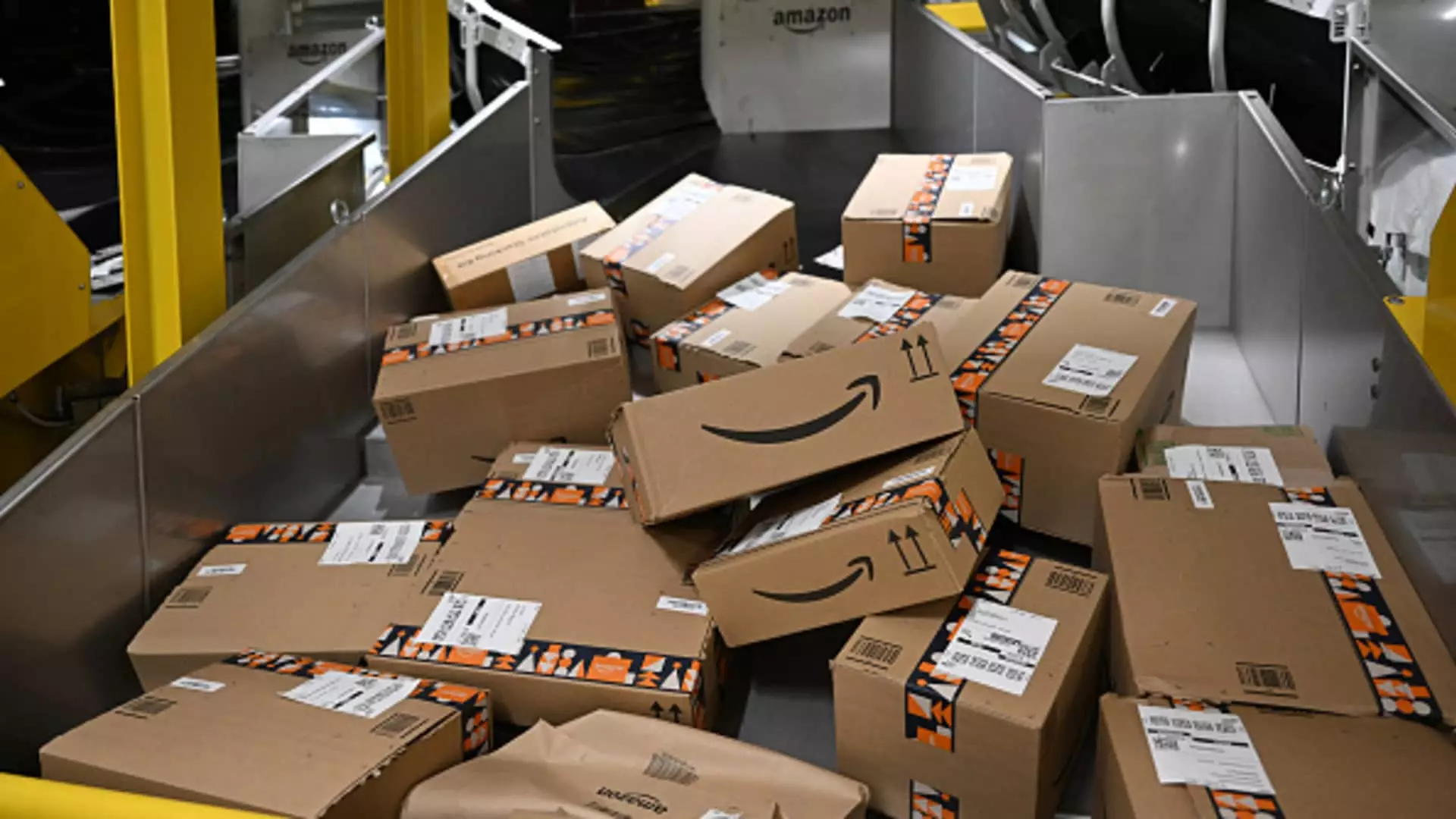Recent scrutiny by German antitrust regulators has shone a much-needed light on the troubling complexities of Amazon’s pricing mechanisms. The Federal Cartel Office’s preliminary assessment essentially raises a critical alarm for competitors and consumers alike—the very algorithmic mechanisms that Amazon claims ensure fair prices may in fact be the antithesis of competition. Steering the marketplace with opaque rules and unverifiable pricing caps, Amazon resembles a puppeteer, skillfully controlling the strings of its third-party sellers while masking the true implications of its practices under a façade of customer-centric altruism.
When the marketplace itself starts to dictate terms that limit visibility and control over pricing, a platform that should ideally foster competition instead becomes a chokehold for innovation and price diversity. Such a controlled environment fosters a climate where sellers—especially small businesses—find themselves caught in the crossfire. Amazon’s pricing practices don’t merely dissuade competition; they threaten the very existence of a vibrant market ecosystem, with the potential to extinguish entrepreneurial spirit and diminish consumer choice. The impact on fair competition could be devastating, raising ethical concerns that ripple far beyond the e-commerce giant’s operations.
The Question of Transparency: An Illusion of Fairness
One of the most alarming aspects of Amazon’s pricing controls is the clouds of opacity surrounding them. According to the Federal Cartel Office, the policies in place not only lack clarity but also dismiss fundamental notions of free market principles. By coupling statistical modeling and algorithmic judgments with market visibility, Amazon constructs an almost impenetrable fortress around its decision-making processes. This opacity does disservice not just to the sellers affected but also to countless consumers who, unaware of the hidden mechanics at play, continue to think that they are navigating a fair marketplace.
The reliance on such complex algorithms to determine what constitutes “competitive” pricing is absurd. In a genuine marketplace, pricing dynamics should be determined by supply and demand, not by an unseen hand guided by corporate self-interest. Amazon’s claim that it provides a service to users by enforcing these caps veils the more sinister implications of manipulating market forces for its own gain. In the end, consumers may be sheltering under an illusion of fairness, blissfully unaware of how the mechanics behind their shopping experience reflect a more significant ideology of control rather than choice.
The Duality of Amazon’s Role: Competitor vs. Marketplace
Amazon’s dual role as both a marketplace operator and a competitor to its sellers creates a precarious conflict of interest—one that has far-reaching implications for how we understand market competition in the digital age. As Federal Cartel Office President Andreas Mundt pointed out, Amazon’s influence over the pricing strategies of its sellers raises ethical questions about whether it can still claim to be a neutral arena for commerce. By utilizing its own platform to compete against independent retailers, it skews the playing field, leaving little room for fair play.
It begs the question: How many sellers are forced to undercut their pricing strategies or compromise on quality just to appease Amazon’s stringent guidelines? When the platform dictates the rules, it not only undermines the spirit of entrepreneurship but also diminishes the quality of offerings available to consumers. The chilling effect this has on innovation and price competition cannot be overstated. By consistently prioritizing its own interests, Amazon runs the risk of creating a barren landscape where only the fittest can survive—not due to merit, but due to algorithmic favoritism.
Drowning in Deflection: Amazon’s Response
Amazon’s reaction to the Cartel Office’s findings can only be described as a masterclass in deflection. By framing regulatory scrutiny as a threat to customer experience, the company hopes to divert attention away from the fundamental issues at hand. Their assertions that changes to pricing mechanisms would result in “bad for customers and selling partners” serve more to insulate its practices than to genuinely engage with the critique. Regrettably, this tactic misrepresents the entire premise of consumer experience; a genuinely competitive pricing environment would benefit all sides by promoting healthier market dynamics.
The truth is that true customer satisfaction stems not from algorithms designed to suppress competition but from genuine price competition and transparency. Consequently, Amazon’s narrative feels increasingly like an attempt to safeguard its interests at the expense of smaller players striving to offer better prices and services—something that should be the bedrock of e-commerce. In this tangled web of marketplace politics, it is critical for consumers and sellers alike to understand that the implications stretch far beyond pricing; they touch upon the core of what it means to function within a genuinely competitive economic framework.



Leave a Reply